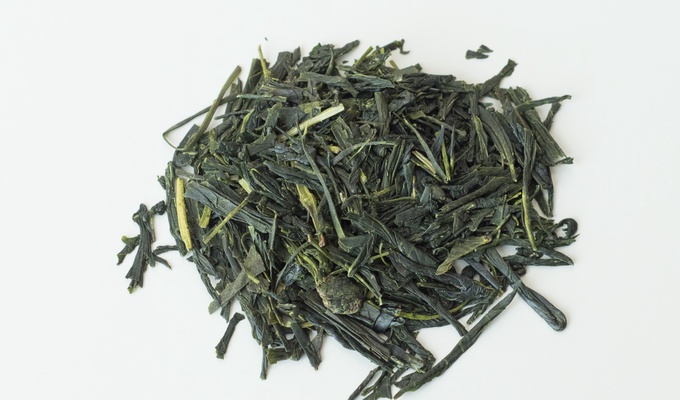Bancha is a traditional Japanese green tea produced from the larger, coarser leaves harvested in the late summer or autumn, typically representing the tea plant’s second or subsequent flushes, as opposed to the earlier, more tender leaves used for sencha. The maturity of the leaves and stems at this point gives it a robust flavor and slightly astringent profile.
Bancha has historically been regarded as a lower or common grade of tea, often consumed daily by common households in Japan. It is commonly prepared by steeping the leaves in hot water, and in some cases, it serves as the base for other Japanese teas, such as hōjicha (roasted bancha) and genmaicha (bancha blended with roasted brown rice). Bancha contains less caffeine than higher-grade teas.
